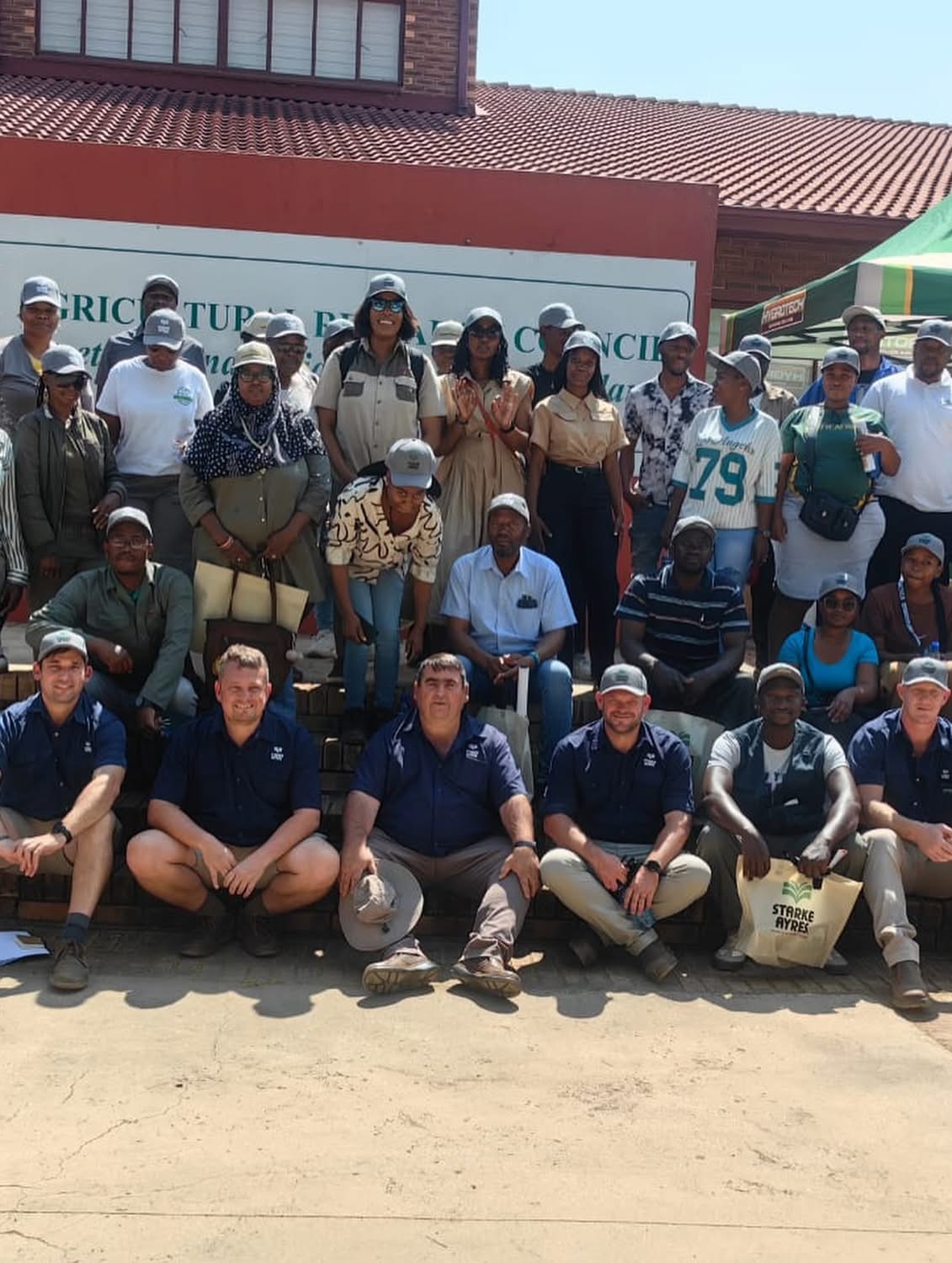The accuracy of early warning forecasts is under discussion, at an AgroClimate Symposium, Pretoria.
The symposium, bringing together scientists, farming organisations, researchers and Government, is in its last day, having started on Tuesday, this week.
Themed “Securing South Africa’s Food Future: Climate Science, Data Management & Digitisation in Agriculture”, discussions are centred around pressing climate challenges in agriculture.
Professor Willem Landman of the University of Pretoria, said South Africa is ranked in the bottom 35% in the world for its capability of seasonal forecasts.
He also said it is still challenging to predict extreme weather events, 6 months ahead of the time.
Current forecast models for La Niña (wet) and El Niño (dry) predictions, can be picked up in Winter months and during an Autumn barrier.
The impact is felt by farmers in the implementation of their strategies, because accurate data of extreme events, can empower farmers.
The World Meteorological Organisation (WMO), said it aims to improve multiple hazard warning by 2027, through developing national and regional capacity among African countries.
Back in April 2025, the Space for Early Warning in Africa, said it would first establish a technical African Meteorological Satellite Application Facility (AMSAF).
We will bring you more news from the symposium….

